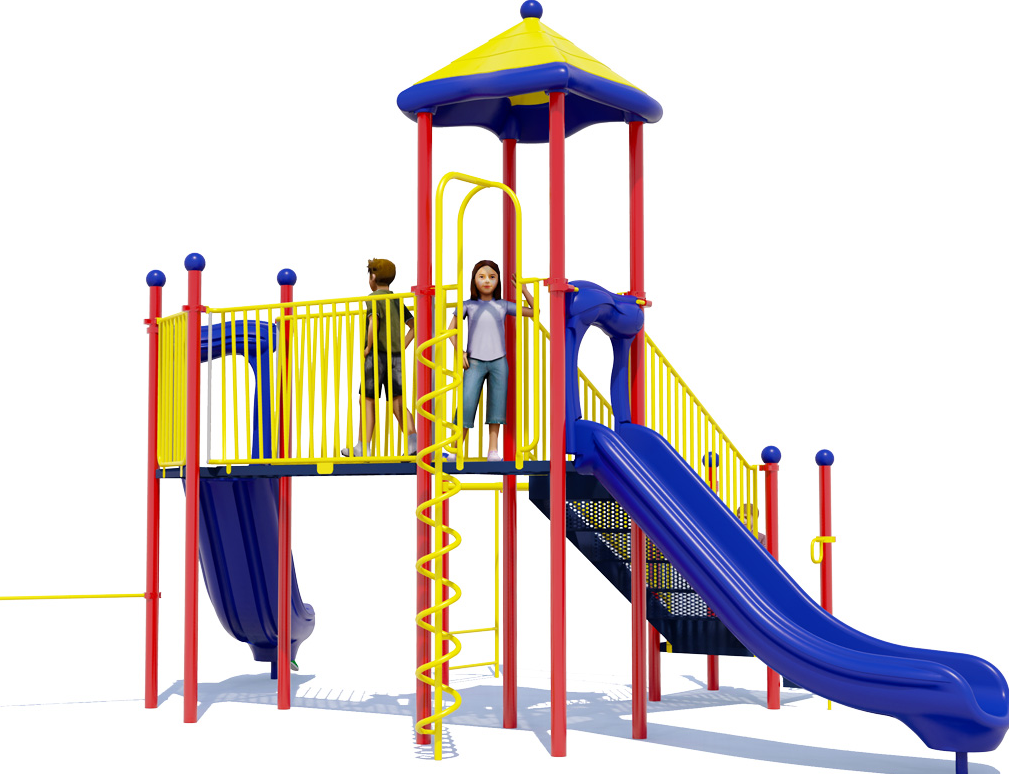Ensuring the safety of indoor playgrounds is paramount for manufacturers, as these environments are designed for children’s recreation and learning. Rigorous standards, innovative materials, and continuous testing are key components in delivering safe indoor playground equipment. Below, we explore the specific strategies that indoor playground manufacturers adopt to guarantee safety and reliability in their products.
Adherence to Safety Standards
Safety standards are the backbone of playground safety. In the United States, manufacturers follow guidelines set by the Consumer Product Safety Commission (CPSC) and the American Society for Testing and Materials (ASTM). These standards focus on minimizing the risk of falls, entrapment, and collisions. For example, the ASTM F1487-17 standard specifies the safety performance specifications for public playground equipment, ensuring every component is scrutinized for potential hazards.
Material Quality and Durability
The choice of materials is critical in ensuring the durability and safety of playground equipment. High-quality, non-toxic materials are a must. Most manufacturers use commercial-grade plastics, like polyethylene or polypropylene, known for their durability and safety. These materials are not only strong and resistant to weathering and UV light but also soft enough to prevent injuries in case of falls. Additionally, metals used in structures are typically galvanized or coated to prevent rust and corrosion, which can lead to structural failures.
Design Innovations to Enhance Safety
Innovative design is another crucial aspect of manufacturing safe indoor playgrounds. Manufacturers employ ergonomic designs that suit children’s body sizes and motor skills. Features such as rounded corners, padded edges, and wide platforms are common in modern indoor playgrounds. Moreover, the design process often includes simulating different stress conditions to ensure structures can withstand the vigorous activity typically seen in playground settings.

Rigorous Testing and Quality Assurance
Before any playground equipment reaches the market, it undergoes rigorous testing. These tests include load-bearing analyses, stability tests, and impact assessments to ensure that each piece can safely support the intended number of children without failing. Quality assurance processes are implemented at every stage of production, from raw material selection to final assembly, ensuring every product meets or exceeds safety standards.
Training and Installation Procedures
Proper installation and regular maintenance are essential for the ongoing safety of indoor playground equipment. Manufacturers often provide detailed installation manuals and sometimes offer onsite installation services to ensure that the equipment is set up correctly. Furthermore, they provide training for operators on routine maintenance and safety inspections, which are critical for preserving the structural integrity and safety of the playground over time.
Consumer Education and Support
Finally, manufacturers support consumer education by providing comprehensive user guides and safety signage for playgrounds. These guides often include maintenance schedules, usage guidelines, and safety tips to educate operators and caregivers about the proper use and upkeep of the equipment, thereby preventing accidents due to misuse or wear and tear.
Through these stringent measures, indoor playground manufacturers ensure that their products provide a safe, enjoyable environment for children to play and learn.
